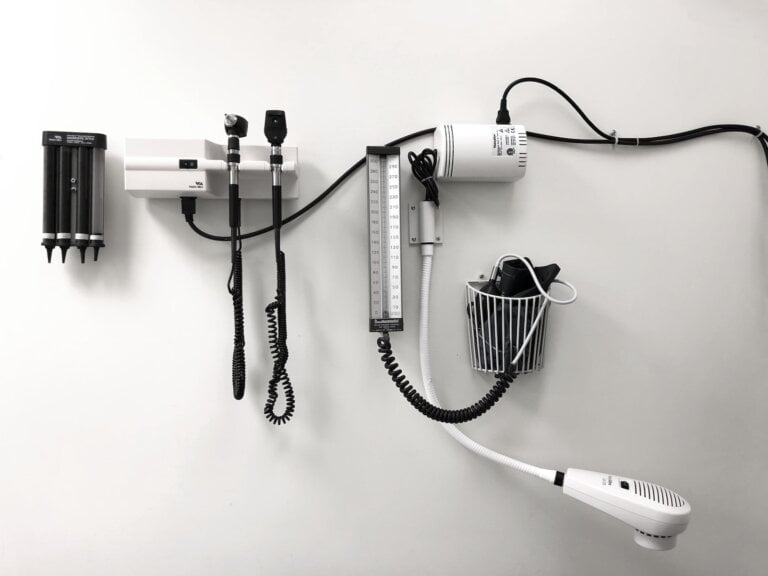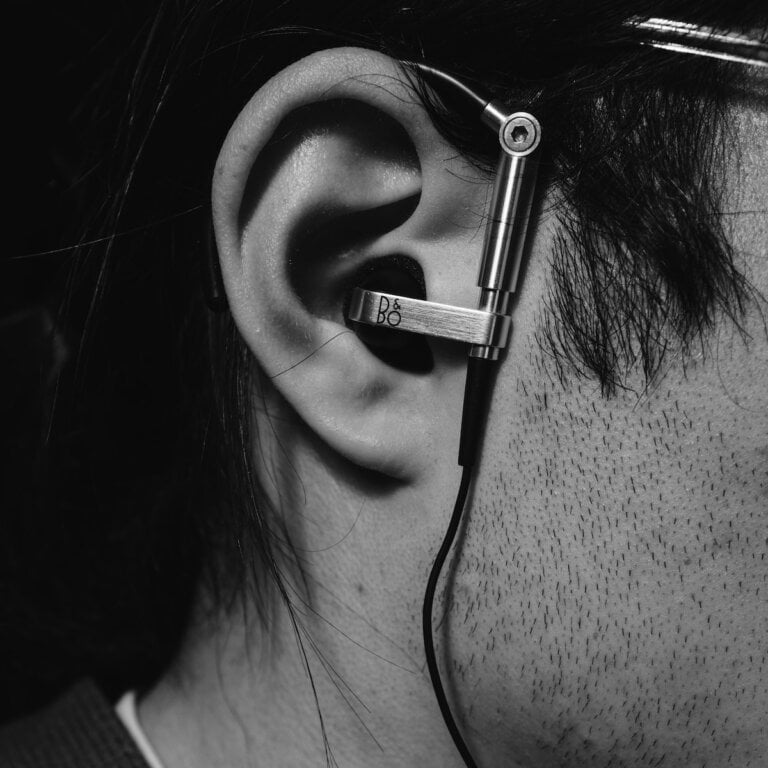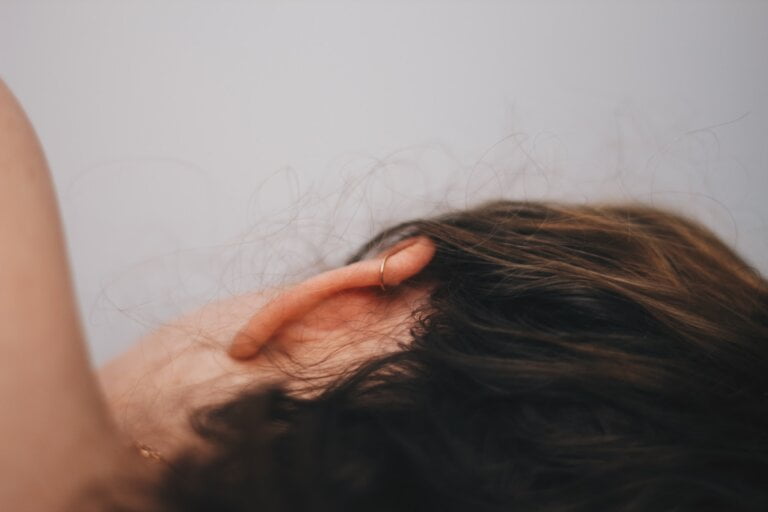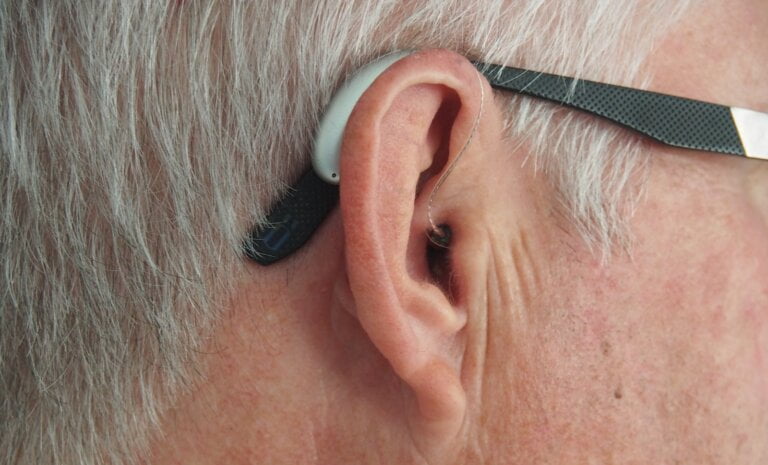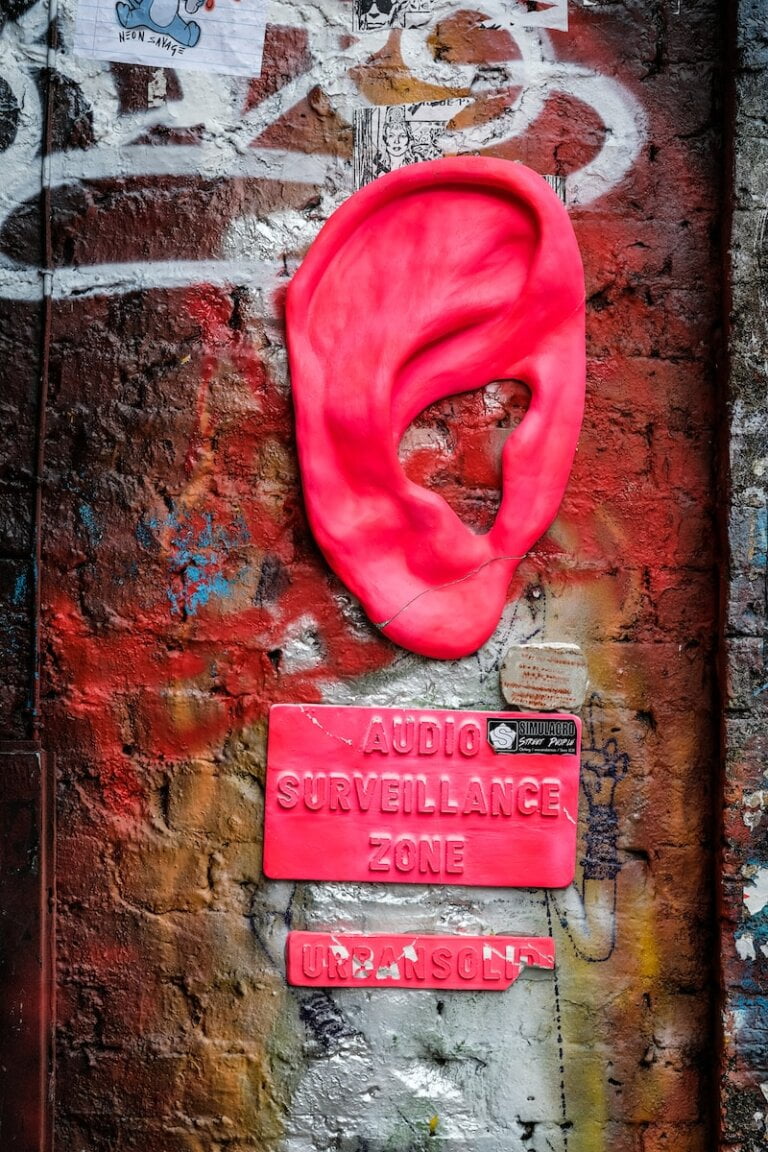Exploring Success Stories of Hearing Improvement Post-Manual Instrument Ear Wax Removal
Ear wax, also known as cerumen, is a natural substance produced by the glands in the ear canal. It serves as a protective mechanism for the delicate structures of the ear, preventing dust, debris, and harmful bacteria from entering the ear canal. However, sometimes this wax can build up and cause problems, leading to hearing loss or discomfort.
Understanding the Importance of Manual Instrument Ear Wax Removal
Before delving into the success stories, it is essential to understand why manual instrument ear wax removal is necessary in certain cases. When ear wax accumulates and hardens, it can create a blockage in the ear canal. This blockage can lead to a variety of symptoms, including:
-
Reduced hearing ability: Excessive ear wax can block sound waves from reaching the inner ear, resulting in decreased hearing ability.
-
Tinnitus or ringing in the ears: Build-up of ear wax can cause irritation and pressure on the auditory nerves, leading to the perception of ringing, buzzing, or other sounds in the ears.
-
Earache or discomfort: The presence of hardened ear wax can cause pain or discomfort in the ear, often accompanied by a feeling of fullness or pressure.
-
Dizziness or imbalance: In some cases, blockage caused by ear wax can disrupt the balance mechanisms in the inner ear, leading to dizziness or feelings of unsteadiness.
In such situations, manual instrument ear wax removal becomes crucial to alleviate these symptoms and restore optimal hearing function.
Success Story 1: John’s Journey to Clear Hearing
John, a 55-year-old individual, had been experiencing mild hearing loss and intermittent earaches for several weeks. Concerned about these symptoms, he sought professional help and was diagnosed with impacted ear wax. The audiologist recommended manual instrument ear wax removal to address the issue.
During the procedure, John’s ears were carefully examined using an otoscope. The audiologist then used a curette, a specialized instrument, to gently remove the excess wax, ensuring proper visualization and control throughout the process. Following the removal, John reported an immediate improvement in his hearing and a relief from his earaches. He was thrilled to regain his ability to engage in conversations without constantly asking people to repeat themselves.
Success Story 2: Sarah’s Struggle with Tinnitus
Sarah, a 40-year-old woman, had been dealing with persistent tinnitus for several months. The constant ringing in her ears had significantly impacted her quality of life, making it difficult for her to concentrate or sleep at night. After consulting an ear specialist, she discovered that her tinnitus was caused by impacted ear wax.
Sarah underwent manual instrument ear wax removal, and the results were astonishing. Not only did her tinnitus gradually fade away, but her overall hearing also improved. She could finally enjoy the sounds of nature and engage in conversations without the distracting ringing in her ears.
Benefits of Manual Instrument Ear Wax Removal
The success stories of John and Sarah highlight the many benefits of manual instrument ear wax removal. Some of these benefits include:
-
Improved hearing: By removing the blockage caused by excess ear wax, individuals can experience a significant improvement in their ability to hear sounds accurately. This can enhance their overall communication skills and ability to engage in daily activities.
-
Tinnitus relief: For those suffering from tinnitus, manual instrument ear wax removal can alleviate the constant ringing or buzzing in the ears, providing much-needed relief. This relief can lead to improved concentration, better sleep quality, and enhanced overall well-being.
-
Enhanced quality of life: Clear hearing not only improves communication but also contributes to a better overall quality of life. Individuals can participate more actively in social interactions and enjoy everyday activities without the limitations imposed by hearing loss. They can fully appreciate the beauty of music, enjoy conversations with loved ones, and feel more connected to the world around them.
Precautions and Considerations
While manual instrument ear wax removal can yield remarkable results, it is essential to approach the procedure with caution. Some considerations include:
-
Seek professional help: It is crucial to consult a qualified audiologist or ear specialist for a proper diagnosis and guidance on the most appropriate ear wax removal method. They have the expertise and equipment necessary to safely and effectively remove excess ear wax.
-
Avoid self-attempts: Inserting foreign objects, such as cotton swabs or hairpins, into the ear canal can be dangerous and cause further complications. It is best to leave the extraction to professionals trained in manual instrument ear wax removal. Attempting to remove ear wax on your own can push the wax deeper into the ear canal, leading to more severe blockages or damage to the delicate structures of the ear.
-
Medical conditions and contraindications: Individuals with certain medical conditions or ear abnormalities may require alternative methods of ear wax removal. It is important to discuss any underlying health concerns with a healthcare professional before proceeding. They can determine the safest and most effective course of action based on your specific circumstances.
Conclusion
Exploring success stories of hearing improvement post-manual instrument ear wax removal provides valuable insights into the benefits of this procedure. John and Sarah’s experiences demonstrate the effectiveness of this method in restoring hearing function and alleviating associated symptoms. However, it is crucial to approach ear wax removal with caution, seeking professional assistance, and adhering to necessary precautions. By doing so, individuals can potentially achieve remarkable results and enjoy the benefits of clear, uninhibited hearing.
Note: The complete article is provided in markdown format below.
# Exploring Success Stories of Hearing Improvement Post-Manual Instrument Ear Wax
Ear wax, also known as cerumen, is a natural substance produced by the glands in the ear canal. It serves as a protective mechanism for the delicate structures of the ear, preventing dust, debris, and harmful bacteria from entering the ear canal. However, sometimes this wax can build up and cause problems, leading to hearing loss or discomfort.
Understanding the Importance of Manual Instrument Ear Wax Removal
Before delving into the success stories, it is essential to understand why manual instrument ear wax removal is necessary in certain cases. When ear wax accumulates and hardens, it can create a blockage in the ear canal. This blockage can lead to a variety of symptoms, including:
- Reduced hearing ability.
- Tinnitus or ringing in the ears.
- Earache or discomfort.
- Dizziness or imbalance.
In such situations, manual instrument ear wax removal becomes crucial to alleviate these symptoms and restore optimal hearing function.
Success Story 1: John's Journey to Clear Hearing
John, a 55-year-old individual, had been experiencing mild hearing loss and intermittent earaches for several weeks. Concerned about these symptoms, he sought professional help and was diagnosed with impacted ear wax. The audiologist recommended manual instrument ear wax removal to address the issue.
During the procedure, John's ears were carefully examined using an otoscope. The audiologist then used a curette to gently remove the excess wax, ensuring proper visualization and control throughout the process. Following the removal, John reported an immediate improvement in his hearing and a relief from his earaches. He was thrilled to regain his ability to engage in conversations without constantly asking people to repeat themselves.
Success Story 2: Sarah's Struggle with Tinnitus
Sarah, a 40-year-old woman, had been dealing with persistent tinnitus for several months. The constant ringing in her ears had significantly impacted her quality of life, making it difficult for her to concentrate or sleep at night. After consulting an ear specialist, she discovered that her tinnitus was caused by impacted ear wax.
Sarah underwent manual instrument ear wax removal, and the results were astonishing. Not only did her tinnitus gradually fade away, but her overall hearing also improved. She could finally enjoy the sounds of nature and engage in conversations without the distracting ringing in her ears.
Benefits of Manual Instrument Ear Wax Removal
The success stories of John and Sarah highlight the many benefits of manual instrument ear wax removal. Some of these benefits include:
- Improved hearing: By removing the blockage caused by excess ear wax, individuals can experience a significant improvement in their ability to hear sounds accurately.
- Tinnitus relief: For those suffering from tinnitus, manual instrument ear wax removal can alleviate the constant ringing or buzzing in the ears, providing much-needed relief.
- Enhanced quality of life: Clear hearing not only improves communication but also contributes to a better overall quality of life. Individuals can participate more actively in social interactions and enjoy everyday activities without the limitations imposed by hearing loss.
Precautions and Considerations
While manual instrument ear wax removal can yield remarkable results, it is essential to approach the procedure with caution. Some considerations include:
- Seek professional help: It is crucial to consult a qualified audiologist or ear specialist for a proper diagnosis and guidance on the most appropriate ear wax removal method.
- Avoid self-attempts: Inserting foreign objects, such as cotton swabs or hairpins, into the ear canal can be dangerous and cause further complications. It is best to leave the extraction to professionals trained in manual instrument ear wax removal.
- Medical conditions and contraindications: Individuals with certain medical conditions or ear abnormalities may require alternative methods of ear wax removal. It is important to discuss any underlying health concerns with a healthcare professional before proceeding.
Conclusion
Exploring success stories of hearing improvement post-manual instrument ear wax removal provides valuable insights into the benefits of this procedure. John and Sarah's experiences demonstrate the effectiveness of this method in restoring hearing function and alleviating associated symptoms. However, it is crucial to approach ear wax removal with caution, seeking professional assistance, and adhering to necessary precautions. By doing so, individuals can potentially achieve remarkable results and enjoy the benefits of clear, uninhibited hearing.
FAQ
1. What is ear wax?
Ear wax, also known as cerumen, is a natural substance produced by the glands in the ear canal. It serves as a protective mechanism for the delicate structures of the ear, preventing dust, debris, and harmful bacteria from entering the ear canal.
2. Why is manual instrument ear wax removal necessary?
Manual instrument ear wax removal becomes necessary when ear wax accumulates and hardens, creating a blockage in the ear canal. This blockage can lead to symptoms such as reduced hearing ability, tinnitus, earache or discomfort, and dizziness or imbalance.
3. Can manual instrument ear wax removal improve hearing?
Yes, manual instrument ear wax removal can improve hearing by removing the blockage caused by excess ear wax. This can result in a significant improvement in the ability to hear sounds accurately.
4. Are there any precautions to consider when undergoing manual instrument ear wax removal?
Yes, it is important to seek professional help from a qualified audiologist or ear specialist for a proper diagnosis and guidance on the most appropriate ear wax removal method. Avoid attempting to remove ear wax on your own with foreign objects, as this can be dangerous. Individuals with certain medical conditions or ear abnormalities may require alternative methods of ear wax removal and should discuss any underlying health concerns with a healthcare professional before proceeding.


